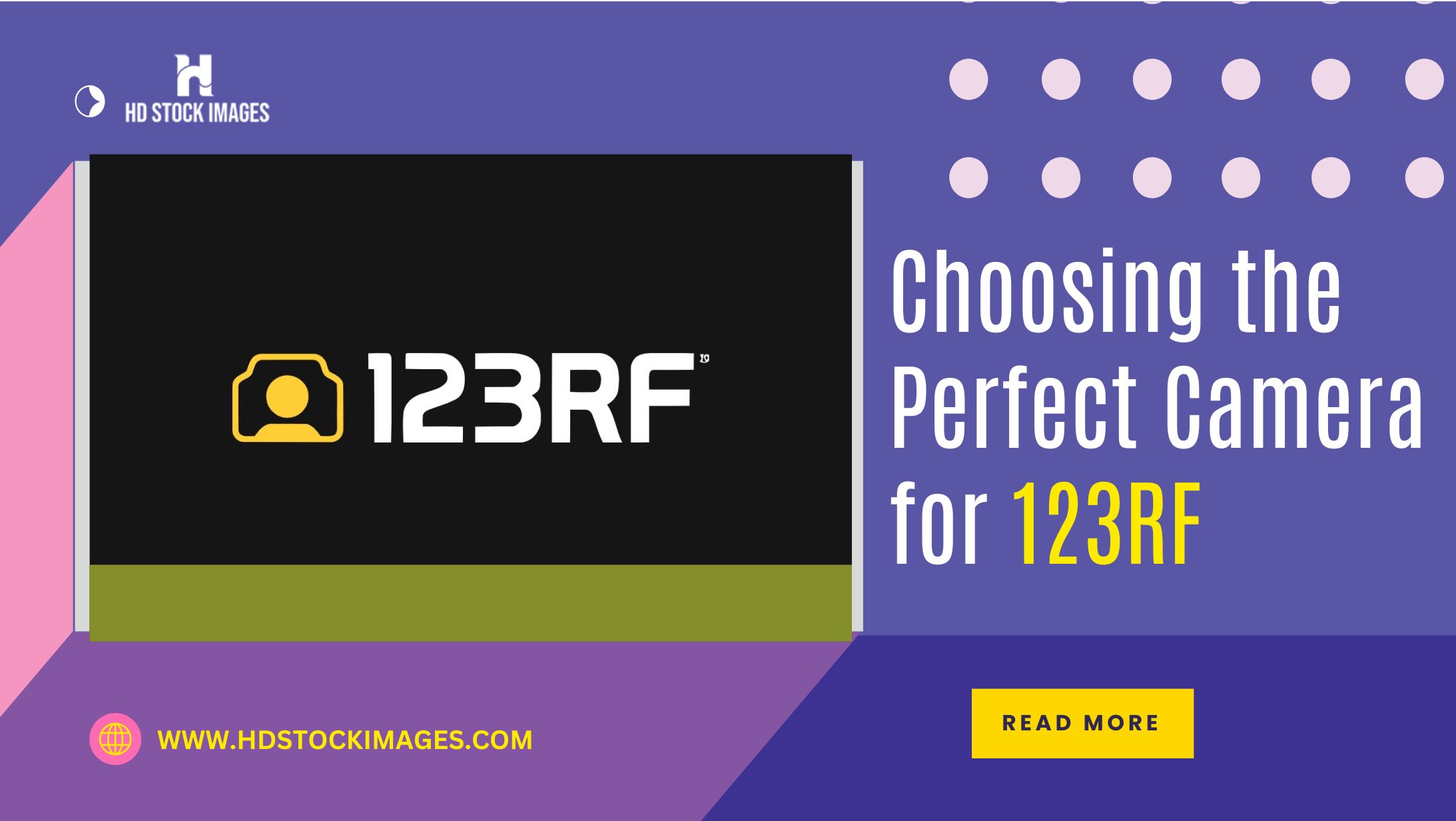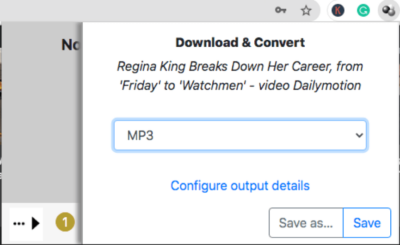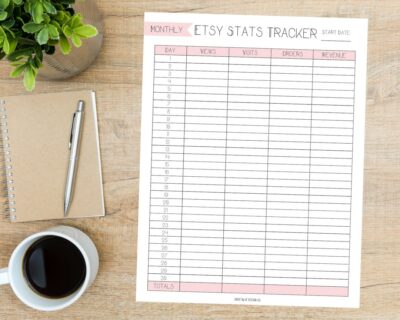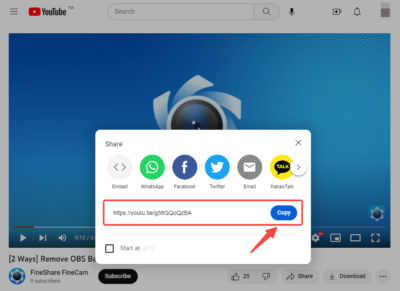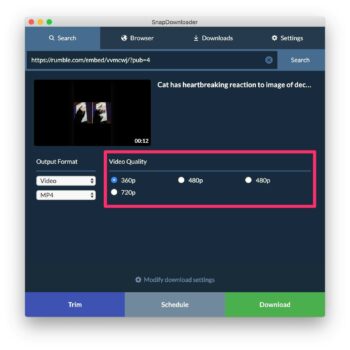1. Introduction:
Selecting the right camera for stock photography is vital for capturing high-quality images that meet the standards and requirements of platforms like 123RF. The camera you use directly affects the image resolution, clarity, and overall technical quality, which significantly impacts the marketability and value of your photos.
123RF is a prominent stock photography platform that connects photographers and content creators with a global audience of buyers. It offers a vast collection of images, illustrations, vectors, and other visual content for various creative projects. To succeed on 123RF, photographers need to understand the platform's standards and deliver images that meet the technical requirements and market demand.
Also Read This: Learn How to Save Videos from iFunny to Your Gallery
2. Understanding the Requirements of 123RF:
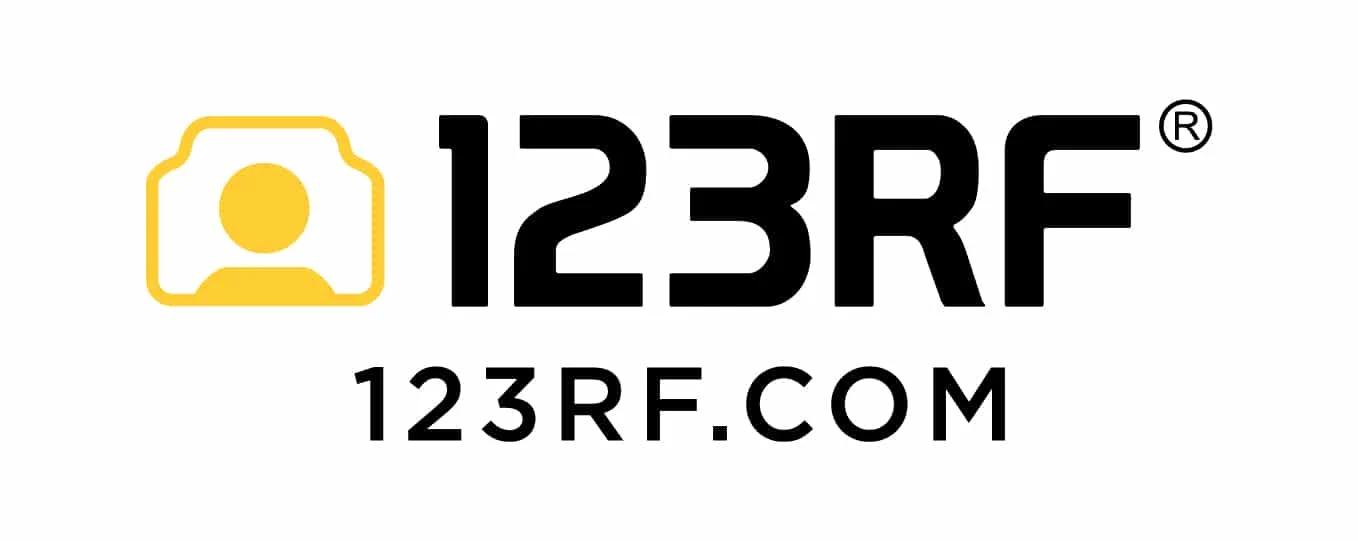
A. Resolution and image quality standards
123RF has specific guidelines regarding image resolution and quality. Photographers must ensure that their images meet the minimum resolution requirements set by the platform. This ensures that the images are clear, detailed, and suitable for various purposes, including printing and digital usage.
B. Compatibility with file formats and image specifications
To successfully submit images to 123RF, photographers need to understand the accepted file formats and their specifications. The platform typically supports popular formats such as JPEG, PNG, and TIFF. Being familiar with the file format requirements and adhering to them ensures smooth submission and compatibility with the platform's systems.
C. Technical considerations for image submission
123RF expects submitted images to meet certain technical standards. This includes ensuring that images are free from noise, artifacts, and excessive post-processing. Proper exposure, sharpness, and accurate color reproduction are crucial elements for high-quality submissions that meet the platform's image standards.
D. Metadata and keyword requirements
Including relevant metadata and descriptive keywords is essential for effective image searchability on 123RF. Photographers should provide accurate and detailed metadata, such as titles, descriptions, and keywords, to ensure their images can be easily discovered by potential buyers. Understanding the required metadata fields and using appropriate keywords improves the visibility and search ranking of the images.
E. Model and property releases
If the images contain recognizable individuals or copyrighted property, photographers may need to obtain valid model and property releases. These releases grant permission to use the image commercially and protect against potential legal issues. Familiarizing oneself with the guidelines and requirements for model and property releases is crucial to ensure compliance with copyright and privacy laws.
This video shows how to Choose the Perfect Camera for 123RF: Selecting the Ideal Equipment for Stock Photography:
Also Read This: Download Dilemma: How to Download Photos from Photobucket
3. Factors to Consider when Choosing a Camera:
A. Image sensor and megapixel count
The image sensor size and megapixel count are important factors to consider when choosing a camera for 123RF. The image sensor size determines the camera's ability to capture light and affects image quality and low-light performance. A higher megapixel count allows for greater detail and flexibility in cropping or enlarging images.
B. Lens options and versatility
The availability and compatibility of lenses are crucial for expanding your creative possibilities. Different lenses offer various focal lengths and aperture options, allowing you to capture different types of images. Consider the range of lenses available for the camera system and ensure they cover the focal lengths necessary for your intended photography genres.
C. Low light performance and ISO range
Low light performance and the camera's ISO range are important for capturing images in challenging lighting conditions. A camera with good low-light performance and a wide ISO range allows for better image quality in dimly lit environments without excessive noise or loss of detail.
D. Dynamic range and exposure control
Dynamic range refers to the camera's ability to capture a wide range of tones from shadows to highlights. Cameras with higher dynamic range produce images with more detail in both bright and dark areas. Additionally, consider the camera's exposure control features such as exposure compensation, bracketing, and manual controls to have more control over the exposure settings.
E. Connectivity and file transfer capabilities
Consider the camera's connectivity options and file transfer capabilities. This includes features such as Wi-Fi, Bluetooth, or NFC that allow for easy and convenient image transfer to devices for editing or immediate uploading to 123RF.
By considering these factors when choosing a camera for 123RF, photographers can select equipment that meets the technical requirements of the platform and enhances their creative capabilities. Understanding the importance of the image sensor, lens options, low light performance, dynamic range, exposure control, and connectivity helps photographers make an informed decision that aligns with their specific needs and photography style.
Also Read This: How to Create Illustrations for Shutterstock: A Step-by-Step Guide
4. Assessing Budget and Equipment Options:
A. Determining the budget for camera equipment
When choosing a camera for 123RF, it is important to establish a budget that aligns with your financial capabilities and photography goals. Consider the total amount you are willing to invest in camera equipment, including the camera body, lenses, accessories, and post-processing software. Setting a realistic budget helps narrow down your options and ensures you make a financially responsible decision.
B. Comparing different camera brands and models
Take the time to research and compare different camera brands and models that are within your budget range. Each brand offers its own strengths and features, and understanding their offerings will help you make an informed decision. Consider factors such as image quality, sensor technology, autofocus capabilities, and the availability of lenses and accessories. Look for models that have positive reviews and a track record of delivering high-quality images.
C. Evaluating the pros and cons of different camera types (DSLR, mirrorless, etc.)
When assessing equipment options, consider the different types of cameras available, such as DSLRs, mirrorless cameras, and compact cameras. Each type has its own advantages and disadvantages. DSLRs often offer robust features and lens compatibility, while mirrorless cameras are known for their compact size and advanced autofocus capabilities. Assess your shooting style, preferences, and specific requirements to determine which camera type best suits your needs.
D. Considering used or refurbished equipment
If budget is a concern, consider exploring used or refurbished camera equipment options. Many reputable retailers offer used or refurbished cameras and lenses at discounted prices. However, it is important to research the seller, inspect the equipment thoroughly, and ensure that it is in good working condition before making a purchase.
E. Seeking advice from experienced photographers
Reach out to experienced photographers or join photography communities to gather insights and recommendations on camera equipment. Engaging with professionals who have hands-on experience with different camera models can provide valuable insights and help you make a more informed decision.
By assessing your budget and exploring different equipment options, you can find a camera that meets your needs and aligns with the requirements of 123RF. Consider factors such as budget, brand comparisons, camera types, and the option of used or refurbished equipment. Seeking advice from experienced photographers can provide additional guidance and help you make a confident decision.
I dunno, if I looked like that I'd be posing for the cameras too! :) http://bit.ly/bkNwJT #123rf #iPad
— Donna (@simplydab) April 28, 2010
Also Read This: How to Create an Outstanding LinkedIn Profile
5. Considering Accessories and Additional Equipment:
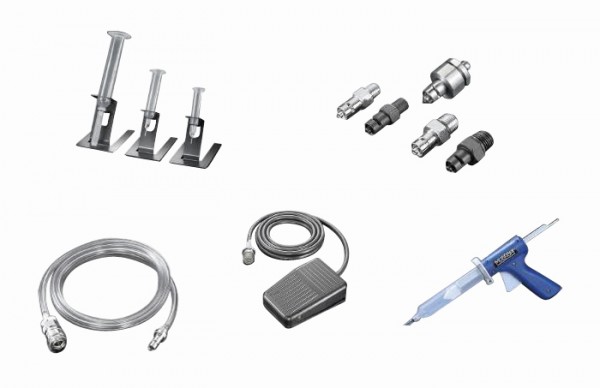
Tripods provide stability and help prevent camera shake, resulting in sharper images. When choosing a tripod, consider factors such as weight, height, and stability. The tripod should match your photography needs, whether it's for studio work or outdoor shoots.
B. Lighting equipment for studio and outdoor shoots
Lighting equipment plays a crucial role in controlling and enhancing the quality of light in your images. Studio strobes, continuous lights, or portable flashes can help you achieve the desired lighting effects. Assess your photography style and requirements to determine the appropriate lighting equipment for your specific needs.
C. Memory cards and storage solutions
Investing in high-quality memory cards with sufficient capacity and fast write speeds is essential for smooth image capture and storage. Consider the storage capacity needed to accommodate your shooting habits and the write speed required for continuous shooting. Additionally, explore backup solutions such as external hard drives or cloud storage to ensure the secure storage of your image files.
D. Post-processing software and editing tools
Post-processing software, such as Adobe Photoshop or Lightroom, allows you to enhance and optimize your images. Evaluate different software options based on your editing needs and budget. Consider features such as advanced editing tools, batch processing capabilities, and compatibility with your computer system.
E. Remote shutter releases and intervalometers
Remote shutter releases and intervalometers enable hands-free shooting and precise control over exposure settings. They are particularly useful for long exposures, time-lapse photography, and reducing camera shake. Check if your camera is compatible with these accessories and consider their necessity based on your photography style and specific shooting situations.
Considering these accessories and additional equipment is important for optimizing your photography workflow and enhancing the quality of your images. By assessing your specific needs, shooting style, and budget, you can determine which accessories are essential for your photography setup. Investing in the right accessories helps you capture and process images more efficiently, enabling you to create stunning stock photography for platforms like 123RF.
Also Read This: Find How to Cancel Subscription on Telegram and Change Your Plan in This Guide
FAQ:
Q1: What are the factors to consider when choosing a camera for stock photography?
ANS: The factors to consider when choosing a camera for stock photography include:
- The type of photography you want to do: If you want to shoot landscapes, you'll need a different camera than if you want to shoot portraits.
- The resolution of the camera: The resolution of the camera will determine the quality of your images.
- The lens: The lens will also affect the quality of your images.
- The size and weight of the camera: If you're going to be traveling with your camera, you'll want to choose a camera that is lightweight and easy to carry.
- The price of the camera: Cameras can range in price from a few hundred dollars to several thousand dollars.
Q2: What are some of the best cameras for stock photography?
ANS: Some of the best cameras for stock photography include:
- Canon EOS 5D Mark IV: This DSLR camera is a great all-around camera for stock photography.
- Nikon D850: This DSLR camera is another great all-around camera for stock photography.
- Sony A7R III: This mirrorless camera is a great option for photographers who want a high-resolution camera.
- Fujifilm X-T3: This mirrorless camera is a great option for photographers who want a lightweight and portable camera.
- Panasonic Lumix GH5: This mirrorless camera is a great option for photographers who want a camera that can shoot both stills and video.
Q3: What are some tips for taking great photos for stock photography?
ANS: Here are some tips for taking great photos for stock photography:
- Choose the right subject: The subject of your photo should be something that people will be interested in seeing.
- Compose your photo well: The composition of your photo is important for making it visually appealing.
- Use good lighting: Good lighting can make a big difference in the quality of your photos.
- Edit your photos: Editing your photos can help to improve their overall look and feel.
- Submit your photos to stock photography websites: Once you're happy with your photos, you can submit them to stock photography websites.
Q4: What are some of the most popular stock photography websites?
ANS: Some of the most popular stock photography websites include:
- 123RF: This website offers a wide variety of stock photos, illustrations, and vectors.
- Shutterstock: This website is another popular option for stock photography.
- iStockphoto: This website is a good option for photographers who want to sell their own stock photos.
- Adobe Stock: This website is a good option for photographers who are already using Adobe products.
- Getty Images: This website is a good option for photographers who want to sell their stock photos to a high-end audience.
Q5: How can I get started with stock photography?
ANS: Here are some tips on how to get started with stock photography:
- Choose a camera: The first step is to choose a camera that is right for you.
- Take some photos: Once you have a camera, start taking some photos.
- Edit your photos: Once you have some photos, edit them to improve their overall look and feel.
- Submit your photos to stock photography websites: Once you're happy with your photos, you can submit them to stock photography websites.
- Promote your photos: Once your photos are on stock photography websites, you can promote them to help people find them.
Conclusion:
Choosing the perfect camera for stock photography on platforms like 123RF requires careful consideration of various factors. By understanding the requirements of 123RF, photographers can ensure their equipment meets the platform's standards and maximizes their chances of success. Factors such as image sensor and megapixel count, lens options and versatility, low light performance, dynamic range, and exposure control play crucial roles in capturing high-quality images.
Assessing budget and equipment options allows photographers to find a camera that aligns with their financial capabilities and photography goals. Comparing different camera brands and models, considering camera types, and exploring used or refurbished equipment options help narrow down choices and make informed decisions.

